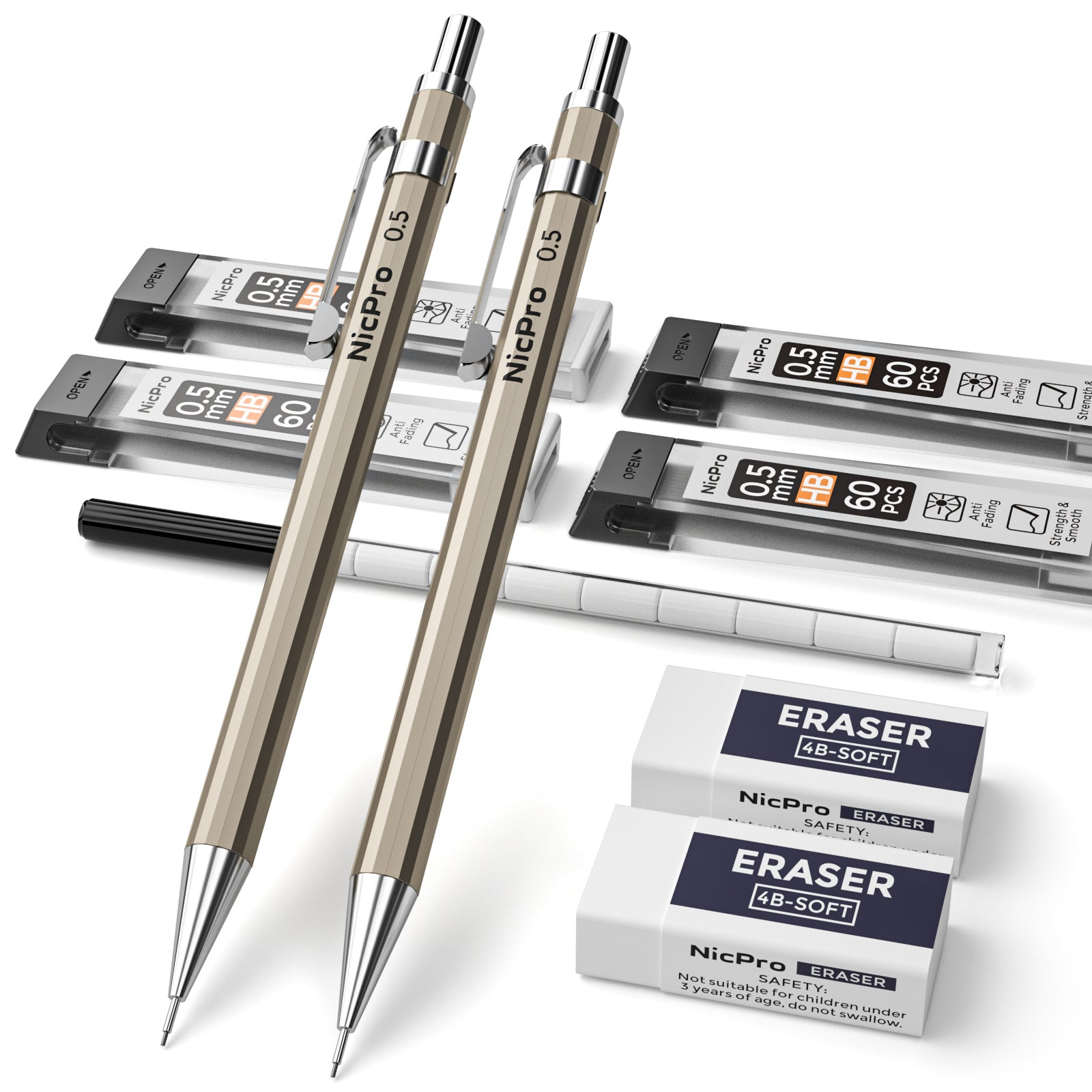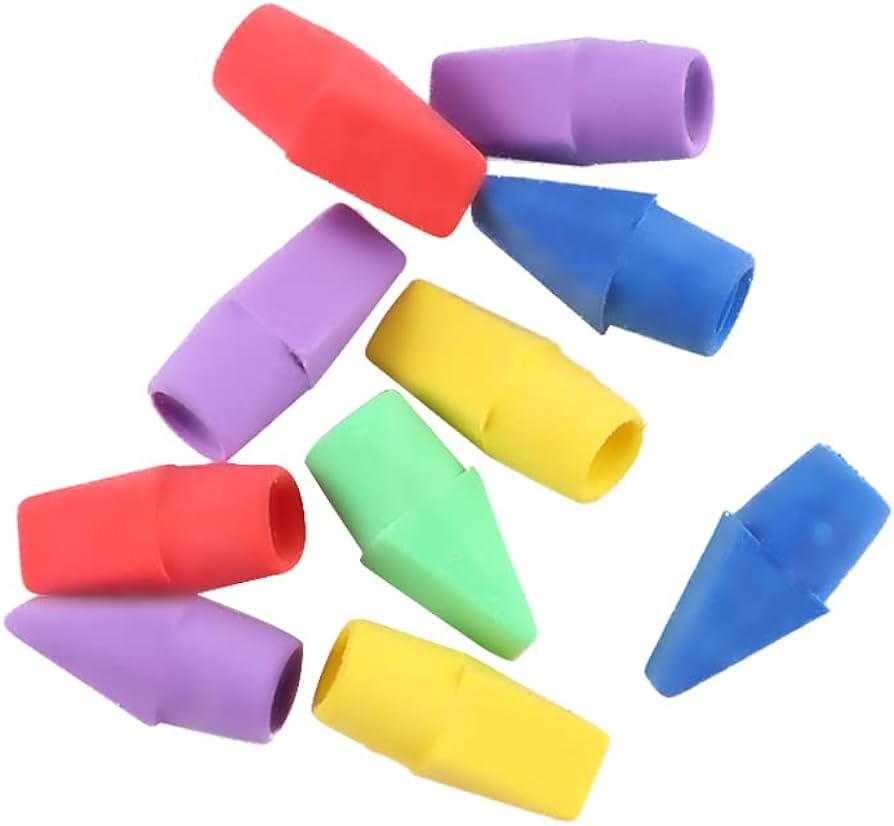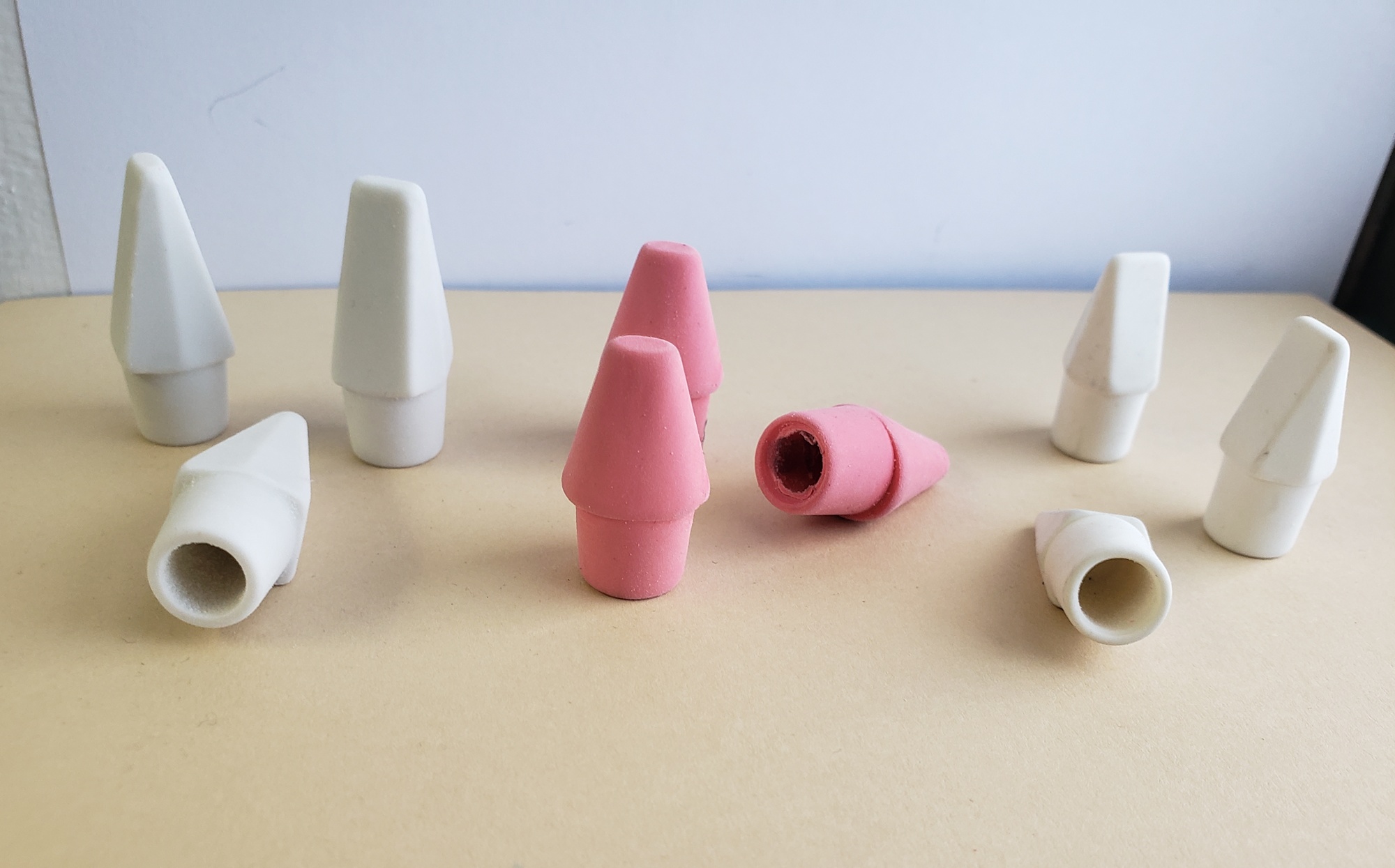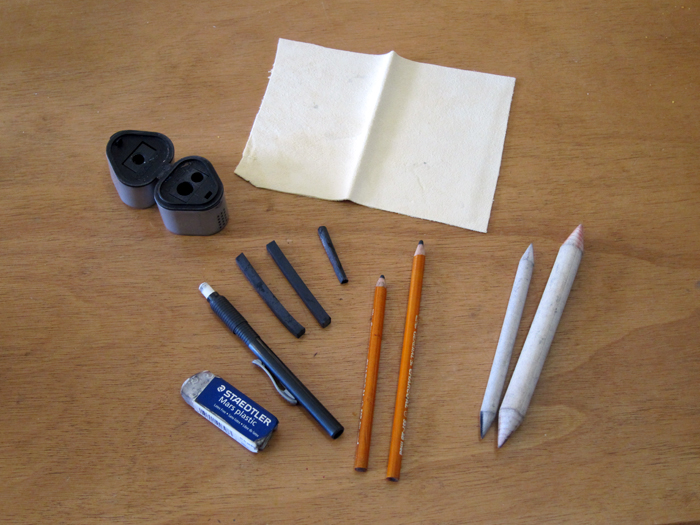Introduction
Pencils and erasers are essential tools that have been instrumental in shaping our learning experiences, creative endeavors, and everyday tasks. From sketching intricate designs to jotting down important notes, these humble yet versatile instruments play a significant role in our lives. In this comprehensive exploration, we delve into the fascinating world of pencils and erasers, uncovering their history, composition, uses, benefits, and innovative developments that continue to enhance our writing and drawing experiences.
The Evolution of Pencils: A Journey Through History
The humble pencil has a rich and storied history that dates back centuries, evolving from primitive writing tools to the sleek and efficient instruments we use today. Explore the fascinating evolution of pencils, from the ancient styluses of Mesopotamia to the modern graphite pencils we rely on for precision and versatility.
The Anatomy of a Pencil: Understanding Composition and Varieties
Dive into the inner workings of a pencil and unravel the mysteries of its composition. Learn about the different components that make up a pencil, including the wood casing, graphite core, and protective coatings. Discover the various types of pencils available, from standard HB pencils to specialized drawing pencils with varying lead grades for different applications.
The Magic of Erasers: A Closer Look at Undoing Mistakes
Erasers are unsung heroes in the world of writing and drawing, offering a simple yet effective way to correct mistakes and refine our work. Uncover the science behind erasers, from the materials used to their unique properties that help lift pencil marks from paper without causing damage. Explore the diverse range of erasers available, from classic pink erasers to precision erasers designed for intricate detail work.
The Art of Pencil Drawing: Techniques, Tips, and Inspiration
Pencil drawing is a timeless art form that allows artists to express their creativity, hone their skills, and capture intricate details with precision. Delve into the world of pencil drawing and discover essential techniques, tips, and inspiration for creating stunning artworks. Learn about shading, blending, line work, and other fundamental skills that can elevate your pencil drawings to new heights.
Innovations in Pencil Technology: From Mechanical Pencils to Colored Leads
The world of pencils is constantly evolving, with innovations that cater to the diverse needs and preferences of users. Explore the latest advancements in pencil technology, from mechanical pencils that offer convenience and precision to colored leads that add a vibrant touch to artwork and writing. Learn about ergonomic designs, refillable systems, and other features that make modern pencils both practical and stylish.
Erasing Boundaries: The Versatility of Erasers Beyond Pencil Marks
While erasers are primarily associated with removing pencil marks, their versatility extends far beyond simple corrections. Discover creative ways to use erasers in art projects, crafting endeavors, and everyday tasks. From creating textures and patterns in drawings to crafting custom stamps and molds, unleash the full potential of erasers as versatile tools for artistic expression and innovation.
The Future of Pencils and Erasers: Sustainable Practices and Digital Integration
As society becomes increasingly conscious of environmental sustainability and digital technologies reshape our daily routines, the future of pencils and erasers is poised for exciting changes. Explore sustainable practices in pencil manufacturing, such as using recycled materials and eco-friendly production methods. Consider the integration of digital tools with traditional writing instruments, from smart pens that digitize handwritten notes to interactive tablets that mimic the feel of pencil and paper.
Use of recycled materials
In recent years, there has been a growing emphasis on sustainable practices within various industries, and the world of pencils and erasers is no exception. Manufacturers are increasingly turning to eco-friendly materials and production methods to minimize their environmental impact. One notable trend is the use of recycled materials in pencil manufacturing, reducing the demand for virgin resources and diverting waste from landfills. By incorporating recycled wood for casings and sustainably sourced graphite, pencil makers can create products with a significantly reduced carbon footprint.
Sustainable forestry practices
Furthermore, sustainable forestry practices play a crucial role in ensuring a long-term supply of raw materials for pencil production. Forest certification programs, such as the Forest Stewardship Council (FSC), provide assurance that wood used in pencils is sourced from responsibly managed forests, promoting biodiversity and supporting local communities. As consumers become more environmentally conscious, the demand for pencils made from certified sustainable sources is expected to grow, prompting manufacturers to prioritize ethical and sustainable procurement practices.
Minimize energy consumption
Beyond sustainable sourcing, innovations in pencil production techniques are driving greater efficiency and reducing waste. Advanced manufacturing processes aim to minimize energy consumption and emissions while optimizing resource utilization. Additionally, the adoption of water-based and low-VOC (volatile organic compound) coatings contributes to a cleaner and more sustainable manufacturing environment. These efforts align with the broader movement toward eco-friendly practices in the stationery industry, reflecting a commitment to environmental stewardship.
Digital technology to mix with pencils and erasers
The convergence of traditional and digital tools has given rise to hybrid solutions that combine the familiarity of pencils and erasers with the capabilities of digital technology. For instance, some smart notebooks are designed to work in conjunction with special pens that utilize traditional ink or graphite, allowing users to write or draw on physical pages while automatically capturing their content in a digital format. This seamless integration of analog and digital mediums offers the best of both worlds, catering to diverse preferences and workflows.
Looking ahead, the future of pencils and erasers lies at the intersection of sustainability and digital integration. As consumers increasingly value environmentally responsible products, the demand for sustainably sourced and eco-friendly writing instruments is going to expect to drive further innovation in the industry. Simultaneously, the ongoing evolution of digital tools will continue to complement and enhance the traditional functionalities of pencils and erasers, providing new avenues for creativity, productivity, and expression.
Conclusion
In conclusion, the future of pencils and erasers is going to shape by a dual commitment to sustainability and technological advancement. By embracing eco-friendly practices in manufacturing and exploring the synergies between traditional and digital tools, the industry is going to poise to meet the evolving needs of consumers while minimizing its environmental footprint. Whether on paper or screen, pencils and erasers will continue to play a vital role in our lives, adapting to the demands of a changing world and inspiring creativity for generations to come.





